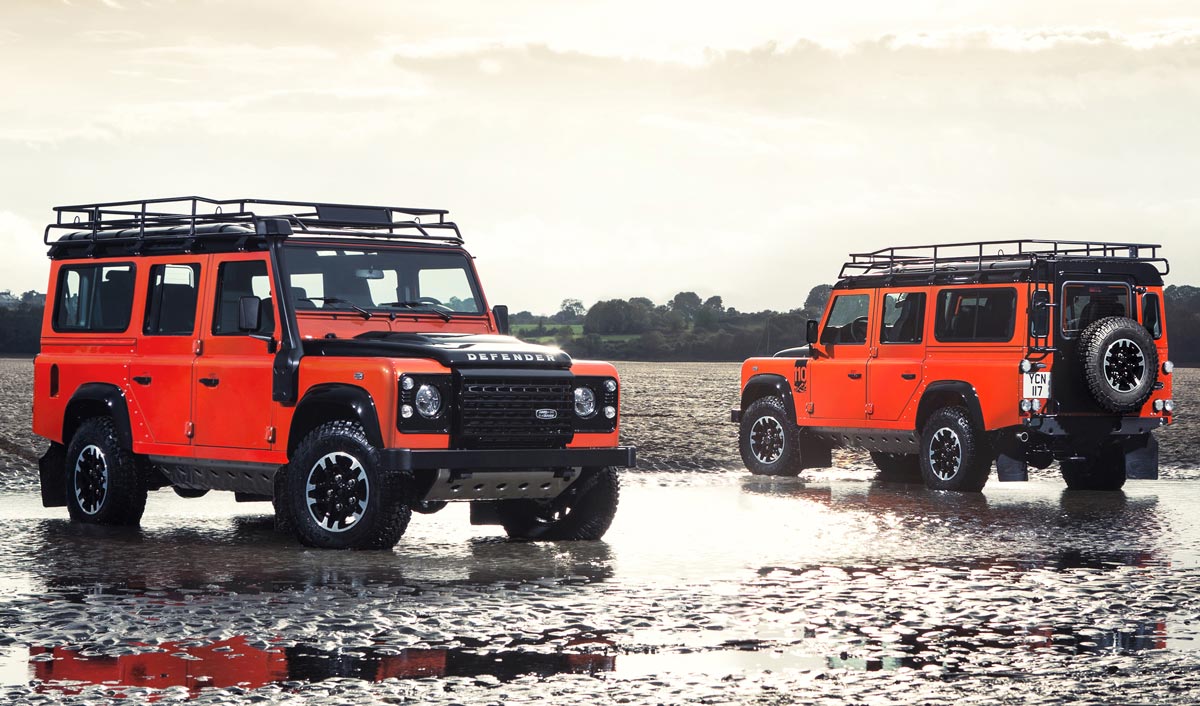It was quite a shock when JLR announced they would be producing no more of one of the world’s most iconic vehicles.
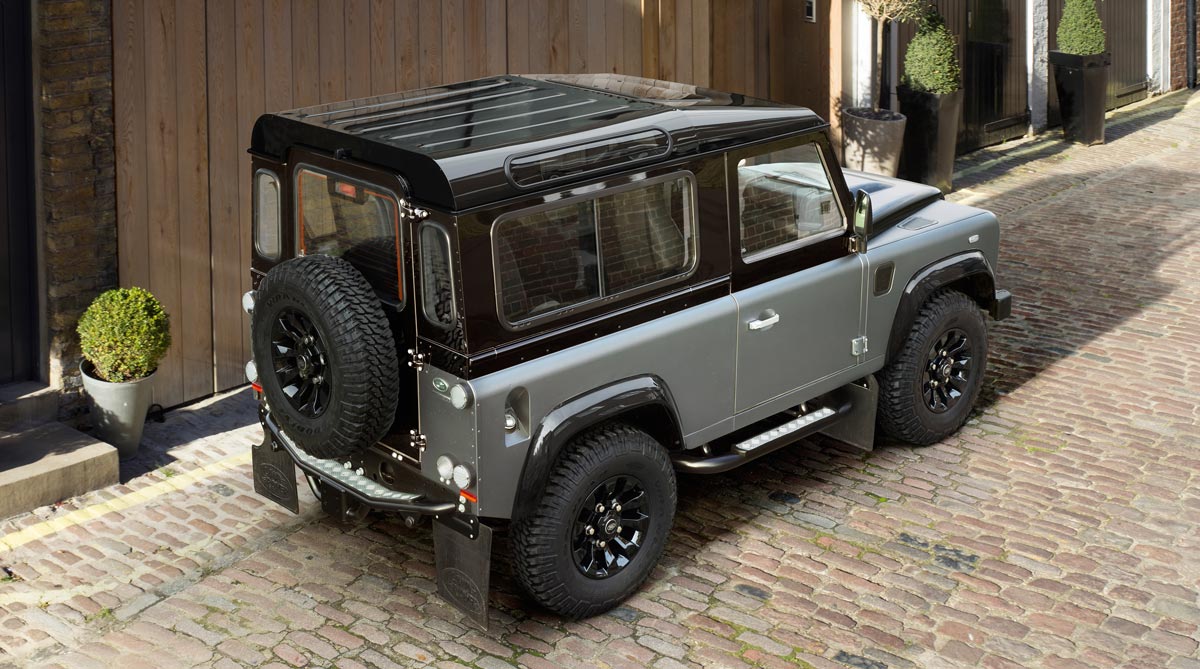
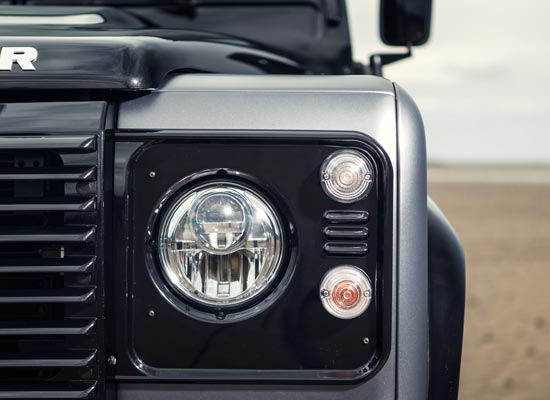
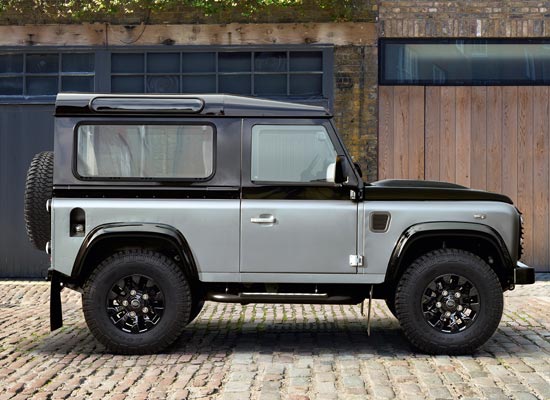
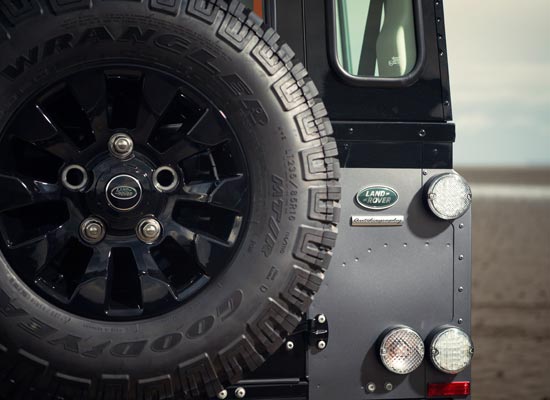
More than two million Land Rover Defenders had been built and many more sold around the world in kit form.
The three limited final editions have been snapped up by enthusiasts and collectors, in spite of some eye-watering prices…like the Autobiography Edition at £61,845; only eighty of these make it pretty exclusive.
At £43,495, the Adventure Edition (600 of these) is possibly, depending on your tastes, a little less eye-watering and a bit more mouth-watering.
The Adventure is painted in Phoenix Orange and Santorini Black and has black leather seating; Station Wagon versions have the more powerful and torquey150 bhp 2.2-litre TD4 engine. Adventures have other upgrades over the cheaper Heritage Edition such as more underbody protection. There’s also more passenger capacity thanks to its seven seats. However, having both driven and travelled in the back, I would prefer to be in the driver’s seat. This echoes plenty of experience in a previous life working as a civilian reporter with the British Army and Royal Air Force. Clambering in and out of the back is a bit of an adventure in itself (once you reach a certain age!).
More to my personal preference was the Heritage Defender. This is in Grasmere Green and harks back to the first pre-production Land Rover in 1947. Therefore, there is a host of appropriate colour touches in silver and graphics that recall the look of those early cars. There’s the grille surround, bumpers and headlamp surrounds and of course they haven’t forgotten the white roof. The 400 Heritage Editions started at £27,800 although options on my test car took the price up to £30,900. But, with all sold, those prices are academic. Or are they? I can see a strong second-hand market for these limited editions.
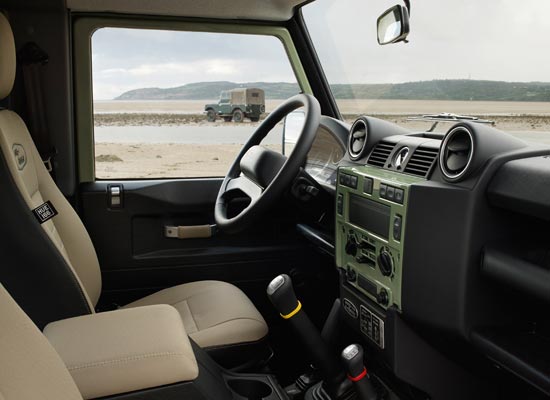
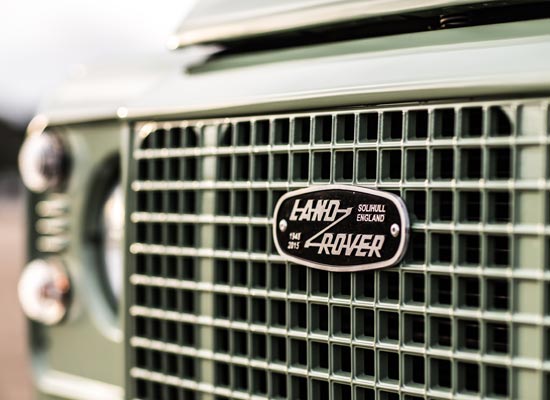
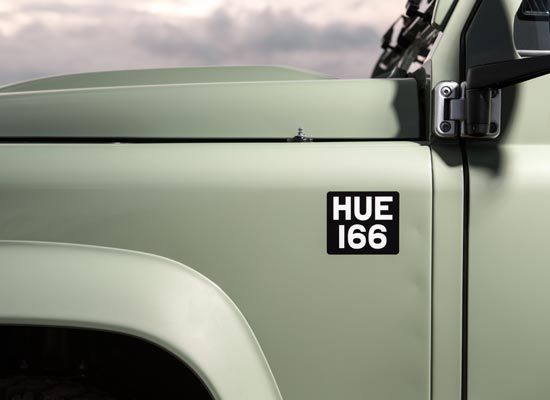


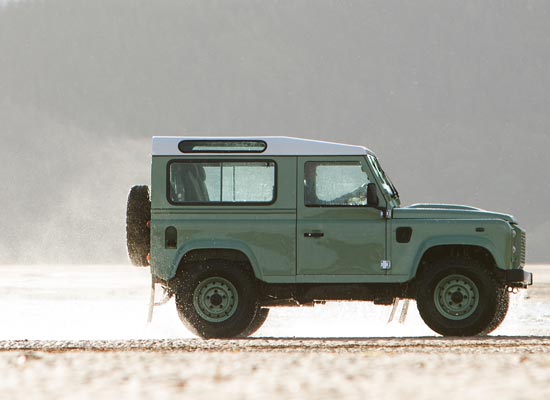
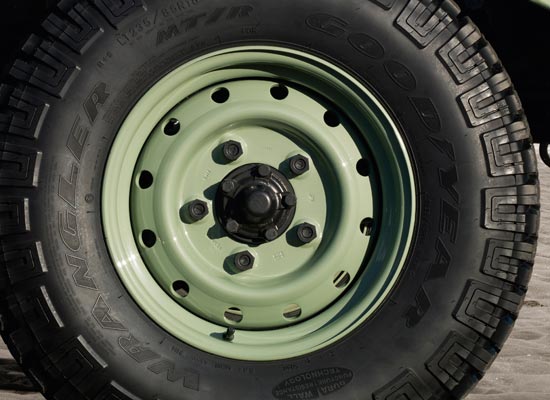
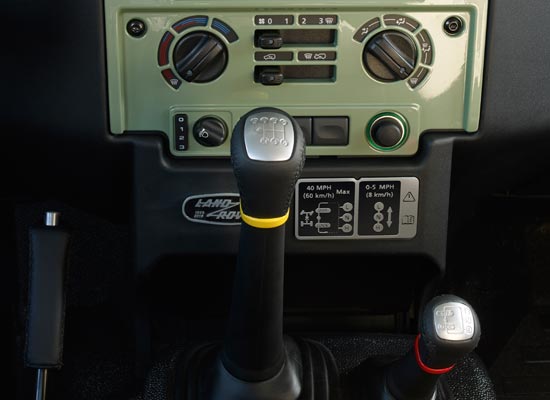
Diesel engines first appeared in Land Rovers in 1957 and the current 122 PS and 150 PS units shift the car along well enough, getting the car to 62 mph in around fourteen or fifteen seconds. This was not actually measured and Land Rover don’t worry about revealing official acceleration figures for Defenders. So although they are some of the slower cars in the traffic-light grand prix, the main idea of a work-horse vehicle is not mere acceleration. Interestingly, the only difference in the stats of the two engines is the 150 having more torque, with the official fuel consumption and emission figures being identical: 27.7 combined mpg and 269 g/km.
Driving Defenders on the open road is a rather different experience from your average family car. It’s relatively noisy and the handling is, how should I say, well, different: I have to admit that, on the very wet roads during my test drives, I found myself being quite circumspect when taking sharp bends. The high driving position probably over-emphasised this feeling and no doubt I’ll be told they’re perfectly alright, but I just did not want to risk damaging someone else’s car. Since Maurice Wilks first conceived the Land Rover after the Second World War, they have of course developed along with the motor industry and all its new technology and incorporate many of today’s automatic safety systems.
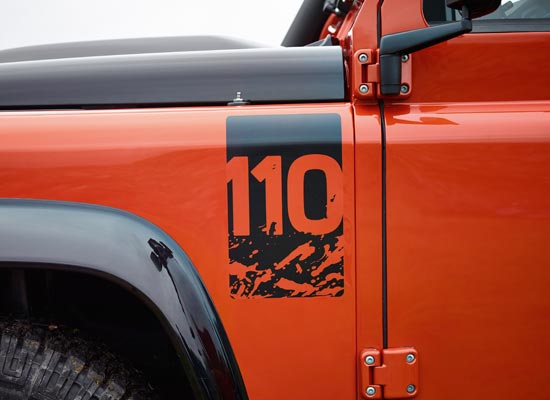
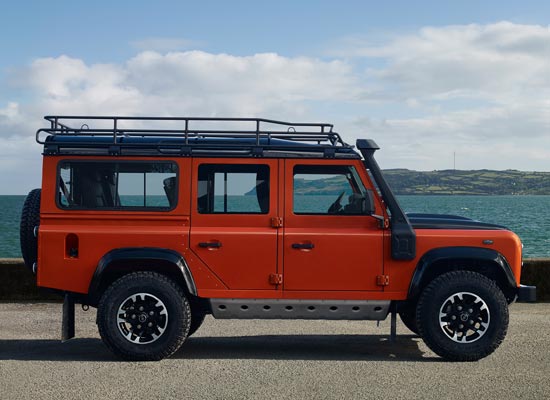

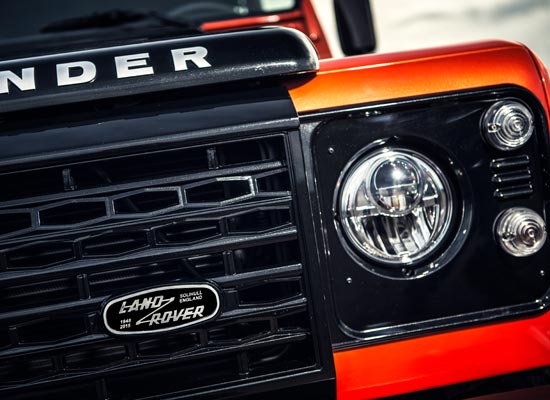
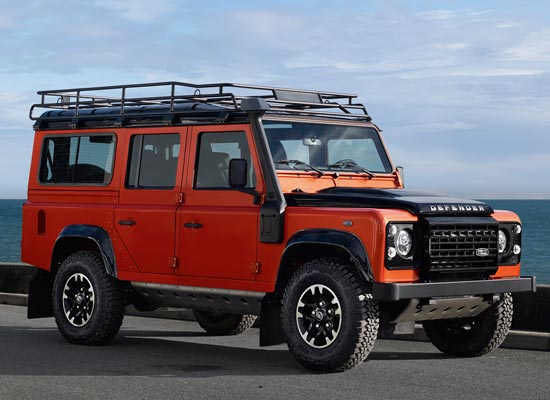
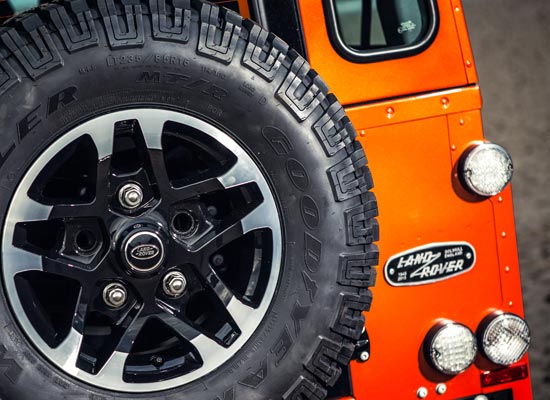
In other respects it was sort of fun, with a chunky gear box and steering wheel to work with. With the window open, you could hear the tyres singing and humming along the road surface.
Defenders don’t need people like me to praise their off-road capability and strength. The great explorer, Sir Ranulph Fiennes, once told me that he and his crew had gone straight over a fifteen-foot drop while on active service in their Army Land Rover and the soldiers had been able to carry on more or less regardless.
Land Rover Defenders will no doubt continue to adorn (if that’s the right word for such a vehicle) our roads and fields for decades to come.

